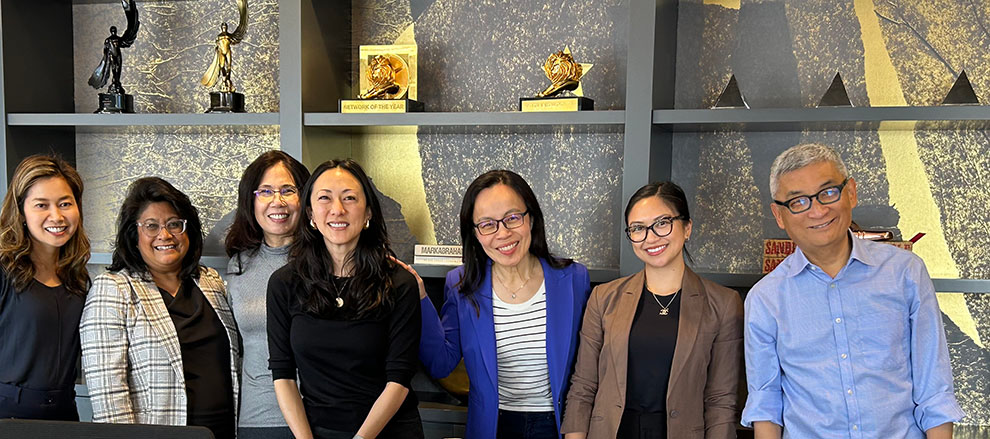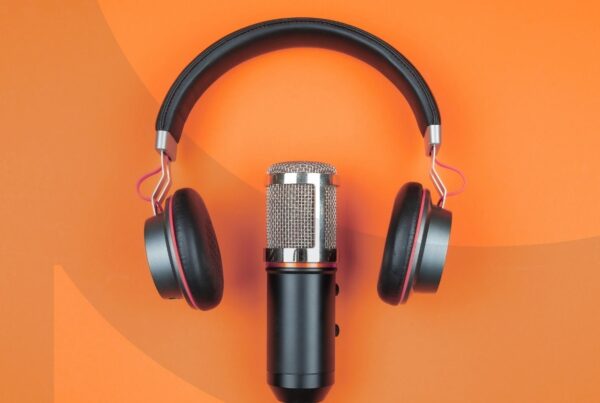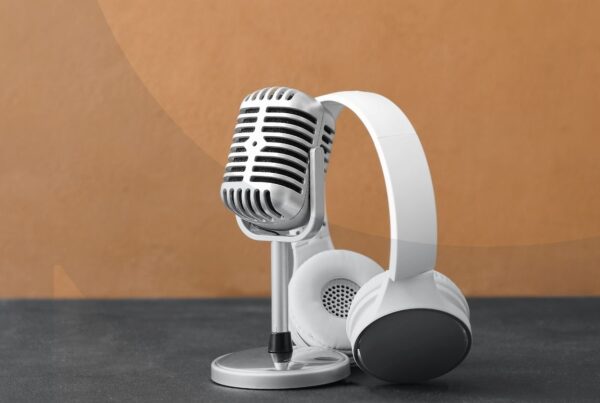By Jackie Liu
My dad only watches YouTube videos when he wants to learn something.
My aunt doesn’t read the newspaper, she gets her news from whatever her friends send on the LINE app.
My mother binge-watches Korean soap operas on Netflix until the middle of the night.
These statements might sound familiar, especially if you are Asian American, Native Hawaiian, and Pacific Islander (AANHPI). You might even have a laugh. But is there any data-backed evidence to prove the majority of Asian audiences actually act this way? In 2024, there is no brand or product campaign that would ever base its business decisions solely on anecdotal evidence. Telling a client that my Asian father watches videos on his smartphone isn’t exactly rock-solid proof that Company X should move its ad dollars to YouTube.
That’s why I’m so thrilled to share this remarkable new report from Nielsen. Created in collaboration with Gold House, Nielsen provides the research and data-driven insights that help media and brands make informed decisions to deepen engagement with the AANHPI community. I was lucky enough to hear an early summary of the findings when I met with my fellow board members of VOICES for AAPI, a nonprofit organization focused on advocating for AAPI professionals in communications, marketing, advertising, and creative fields. VOICES was established at the height of the COVID-19 pandemic and all of our meetings and engagements have been virtual – until May 2024. It was our first time meeting in person and we were lucky to do so at the beautiful office of McCann Worldgroup in New York City.
The report is well worth your time, as it includes key recommendations to help marketers engage Asian American audiences. Here are a few points that stood out to me:
- The median age of this cohort is 35.7 years old (compared to the median age of 38.9 in the U.S.).
- AANHPI audiences spend almost equal time with TV and smartphones: 17.5 hours vs. 17 hours, respectively.
- 53.2 percent of Asian audiences are mostly likely to access their news via free newspaper websites. Only 16.9% go through a paid digital subscription.
The last point jumped out at me. In an age of rampant misinformation, where low-quality aggregate news sites flourish, and bad actors willfully spread lies to stoke the flames of the culture wars, the idea that such a huge percent of the American population could fall victim to fake news is terrifying.
The Nielsen report offers clear, irrefutable evidence of the growing influence and spending power of this cohort. Companies and brands that ignore these audiences do so at their own peril.







